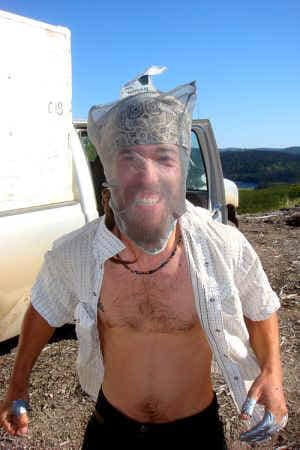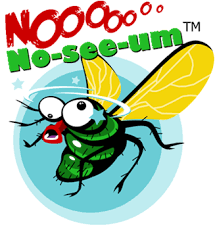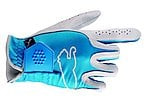If it’s not the sun and searing heat its the rain and torrential downpour. And if it’s not one of the other hundred things which make treeplanting living hell on earth, it’s the BUGS! We used to always giggle and snort whenever a new planter would enter camp so we could guess how long they might last. There is a certain cracking point which many people cannot cross, and one of the big contributors to that crack are the bugs.

Drawn from replant.ca
Make sure you get a tent with a nosee’em net. Nosee’ems are flies which are so teeny you can barely see them, yet they seem to excrete their entire bodies when biting you because they sure are itchy. The mosquitos will drill into your back, even through two layers of t-shirts, as soon as you plunge over to plant your tree, the deer and horseflies can land imperceptibly softly on your skin to take out a big chunk, and the black flies will crawl under the folds of your clothing to get to the juicy soft spots. Some planters seem to have reptile blood and not attract a single mosquito, while others, like myself, are always accompanied by a massive cloud of all sorts. Most insect repellents use Deet, which I would advise against putting on your skin (cancerous etc). You can spray the deet onto your clothes and it lasts for as much as 8 hours, while reserving your skin for such natural bug repellents as citronella or lavender (although my doctor cousin says extensive use of the latter promotes estrogen growth and hence boobies on guys). If you do decide to spray deet directly onto your skin, make sure it does not get into contact with plastic, such as the straps of your planting bags. Deet melts plastic (has been found to eat a massive hole THROUGH a car dash board) and has been found to cause third degree burns if rubbing between your skin and the plastic of your bag straps. In extreme cases, you can use the two shirts strategy explained before to cover your entire head, or some planters use head bug nets – although it is not easy to see your trees through them. Try to get a white bug net to help reflect the heat of the sun. I once tried to combine the net with safety goggles, glueing the net onto the rim of the goggles and then cut out the net over the lenses once the glue had dried, but the buildup of sweat and fog on the inside of the lenses seemed unavoidable and intolerable. I thought I might try some battery operated windshield wipers for the inside of the lenses, but that project will have to wait.
Planting in dense green, where you often end up using a lot of ribbon to help see your trees. Here wearing a “bug shirt”, a wonderful invention which did not exist in my days. Either way, taking a crap, as he explains, will still be a traumatic experience.
Otherwise, the bugs weren’t usually so bad that I would have to resort to these measures. You might also try a head strapped fan to blow them away from your face. The black flies can be particularly annoying as they plough into your eyes whenever you turn around to look for your next plantable spot.
Spray the citronella behind your ears, as the skin is very soft there and you might find it swollen and bloody by the end of the day.

The deer and horseflies tend to stay off your legs if you keep moving them.
Sometimes the bugs can be motivating, because any still moment will result in an immediate gorge session.
Be prepared to carry some bug repellent with if you ever need to go to the potty during the day. I don’t like spraying deet on my raw butt hole, but some places are really sensitive and annoying to scratch.

Next: |
We are a family operation managing private custom boat tours in the beautiful Palawan area, and are happy to help travelers with their plans through the country, having traveled a lot of it ourselves and planning to visit it all. The pages in this section concern when I was treeplanting in Canada over eight summers.
